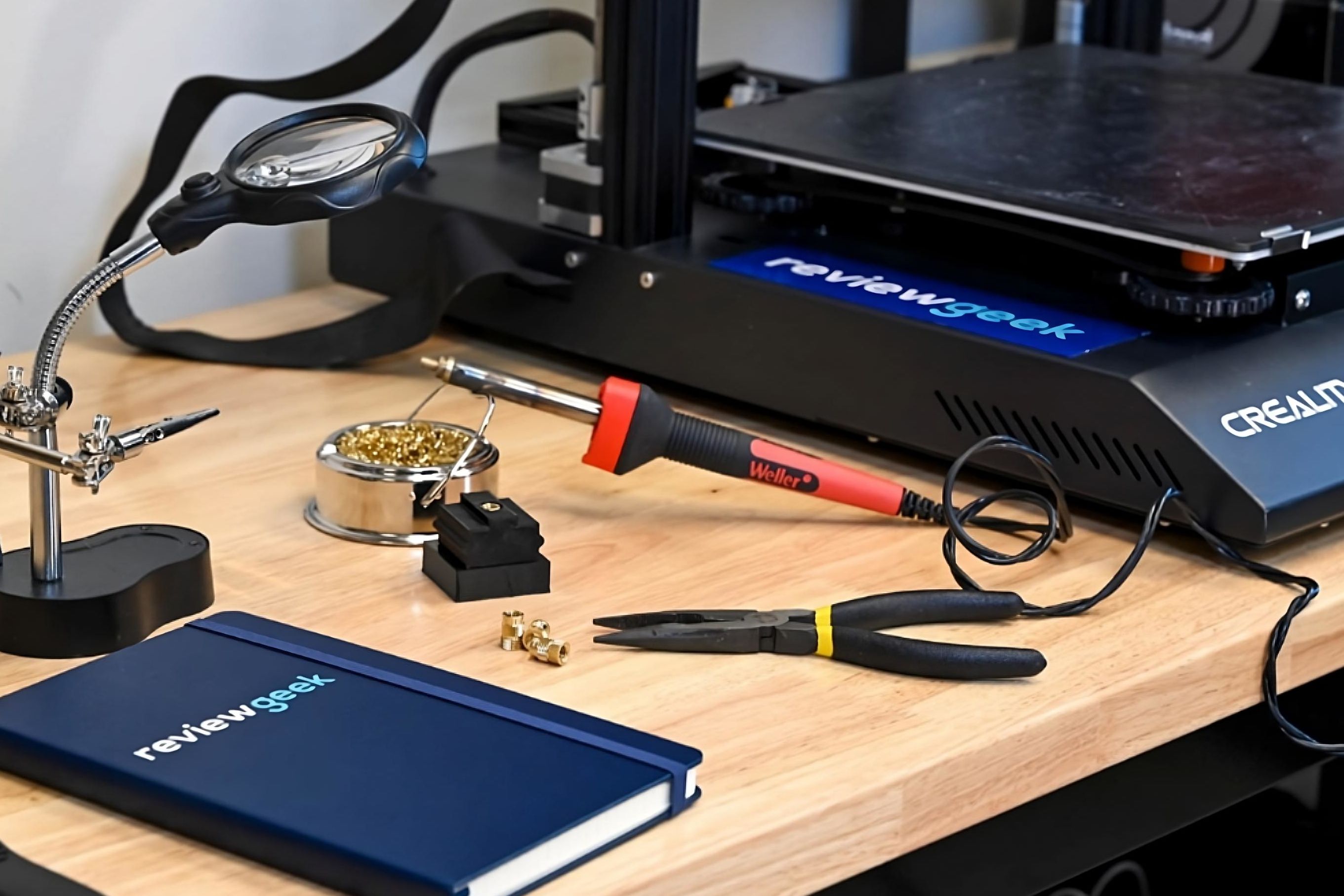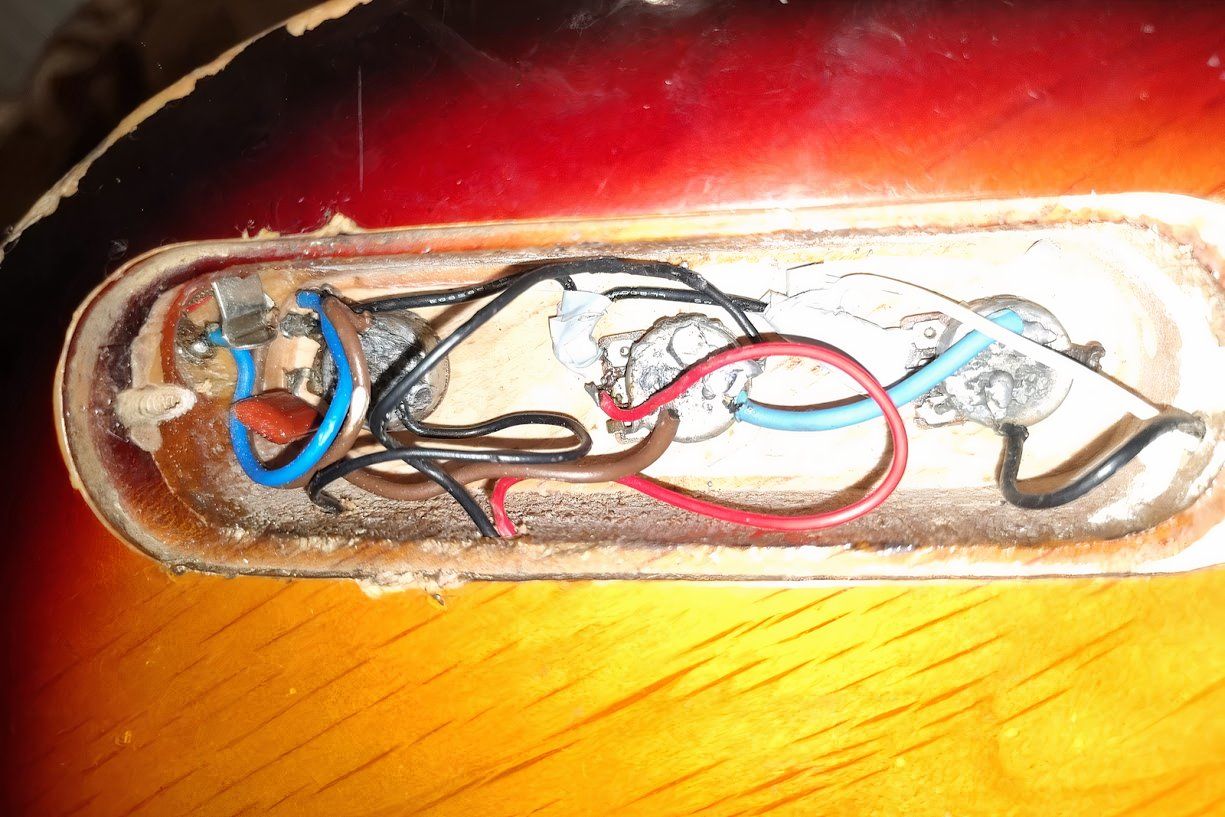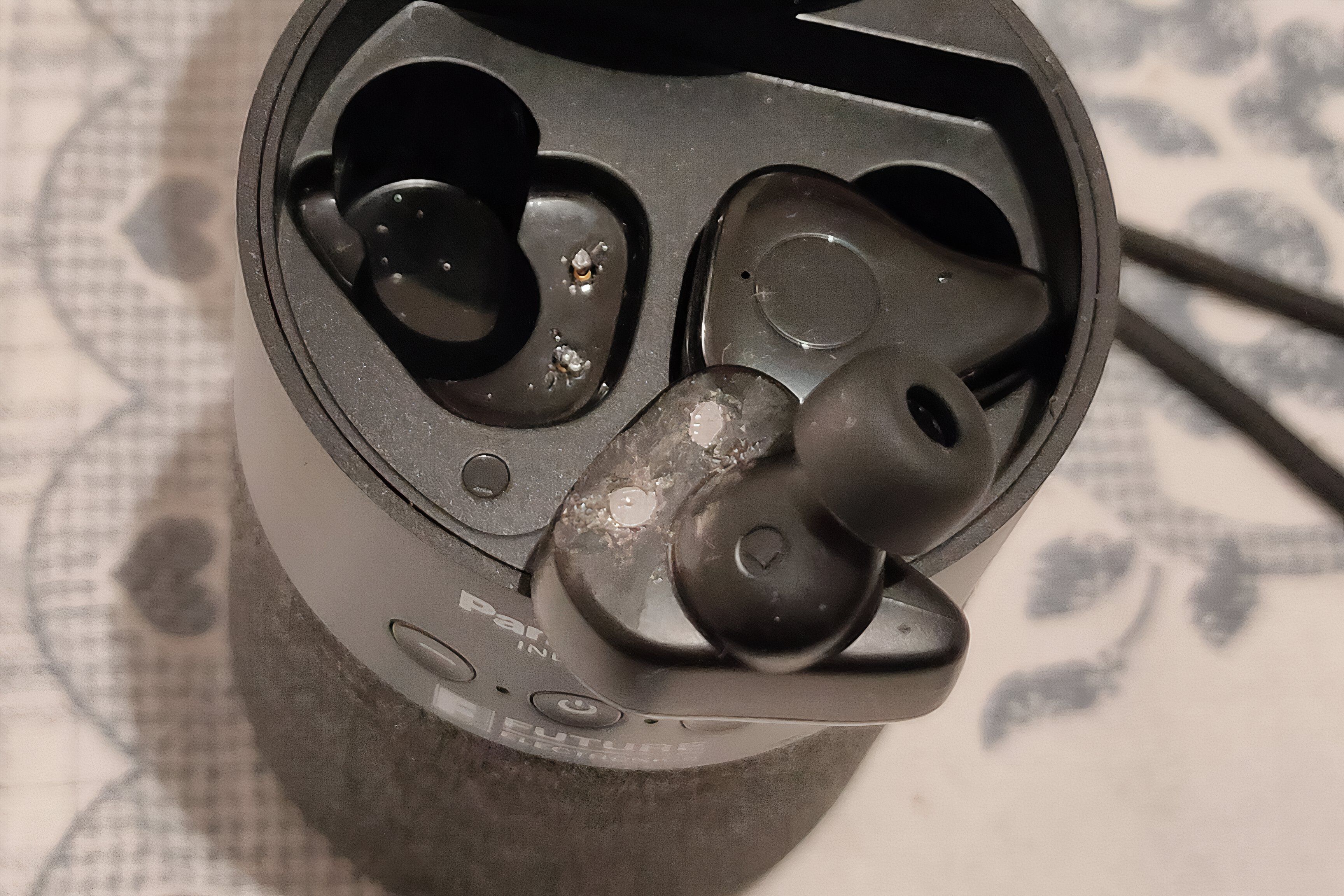
Unexpected Benefits of Mastering Soldering Techniques

Unexpected Benefits of Mastering Soldering Techniques
Quick Links
- Soldering Isn’t as Hard as You Think
- Save Hundreds of Dollars on Repairs
- Upgrade and Customize Your Switches and Cables
- (Advanced) You Can Fix Broken Computer Parts
- Work on Fun Soldering Projects
Key Takeaways
- You can save money by using a soldering iron to repair peripherals like keyboards and earbuds.
- Upgrade your electronics by replacing switches and cables using a soldering iron.
- Although soldering requires practice, you don’t have to do a perfect job for your electronics to work.
Soldering has been one of the most useful skills I have acquired over the years, to the point that I almost consider it an essential life skill. If you don’t know much about soldering, I’m here to convince you why it’s a skill worth learning.
Soldering Isn’t as Hard as You Think
The first misconception I had about soldering is that you have to do it perfectly; otherwise, your solder joint won’t work. The truth is, as long as your solder creates a strong enough connection between the two pieces to allow for uninterrupted conductivity, it’ll work just fine.
My soldering skills are still a work in progress; even so, I managed to fix and upgrade a few things around the house. While working on my bass guitar’s pots, I created a few cold solder joints—which happens when your solder doesn’t fully melt—and the pots still work two years later.

Ismar Hrnjicevic / How-To Geek
Still, it’s best to practice on a cheap PCB and some spare copper wires before you start working on the electronics you actually care about. You may have to fine-tune the temperature depending on your soldering setup. If you have a specific project in mind, try to mimic the same conditions of the thing that you want to solder on your practice board. For example, if you want to replace the micro switches on your expensive gaming mouse, pry open an old or dead mouse to practice on first.
Although a cold or overheated solder joint can technically work, you’ll have peace of mind if you perform a correct repair. This is especially true if the thing you’re working on is hard to disassemble. Plus, nothing beats the satisfaction of seeing your first shiny, concave solder joint after hours of trial and error. If you want to nail your solder on the first try, check out our guide on how to use a soldering iron .
Save Hundreds of Dollars on Repairs
Have you ever thrown out a piece of hardware just because it partially stopped working, and you were too frustrated to deal with it? Most of us have encountered a faulty mouse click, headphones that only work on one side, or the odd broken keyboard button. The good news is that you can easily repair many of these common problems with a soldering iron, some basic know-how, and an hour of your time.
For me, repairing my stuff is the main reason I bought a soldering iron. I wanted to get more use from my peripherals before they needed replacing. For example, my Corsair K70 keyboard is still going strong after eight years of heavy use and several mechanical switch replacements later. The keyboard has been through thick and thin with me and has even survived multiple drink spills. I was on the cusp of replacing it after overheating and breaking the copper traces on two keys, but I was able to salvage the keyboard by soldering a wire where the traces used to be.
My most recent fix involved adding a bit of solder to my Bluetooth earbuds’ charging pins. The left earbud didn’t have a firm enough connection, so it wouldn’t charge. By simply adding a tiny amount of solder to the pins and then filing them down to make them flush, I was able to get them to charge. Granted, it’s far from the cleanest repair you’ve ever seen, but it works.

Ismar Hrnjicevic / How-To Geek
In the U.S., most solder is at least 35% lead, and some can be as much as 70% lead by mass. Therefore, anything that may come into direct contact with your body (such as earbud contacts) should use a tin/copper/whatever alloy instead. You should also wash your hands with soap and water every time you handle solder that is a lead mix.
Upgrade and Customize Your Switches and Cables
In addition to being able to repair your electronics, you can also upgrade them. For instance, I’m currently using my second Logitech G502 mouse, on which I replaced the switches. Namely, I upgraded to Japanese Omron micro switches for the left and right mouse buttons because they are better quality and feel a bit stiffer compared to the originals. The process is straightforward—after removing the old micro switch, there are only three short leads that you have to solder.
Unless you’re a computer mouse enthusiast, you probably didn’t even know what microswitches are and that you can swap them out in most mice. In addition to quality being a factor, these tiny switches have a big impact on how your mouse feels and sounds. So, if your gaming mouse has a failing or double-clicking mouse button, you might as well experiment with different microswitches.
Another relatively easy upgrade is cables. Headphone cables are especially a good thing to upgrade, as they’re prone to failure due to frequent twisting and pulling. A long, braided cable will not only be more durable but also more comfortable to use. Note that headphone cables use very thin and delicate wires, so after procuring the correct cable for your headphones, make sure you also have a precision soldering tip at hand for the project.
(Advanced) You Can Fix Broken Computer Parts
If you’re committed to mastering the art of soldering, you could eventually step up to more complex repairs, such as graphics cards. You could use a multimeter to identify broken electronic components (such as capacitors) on a dead graphics card and replace them. This is a complicated and risky fix, but if you’re successful, you could save hundreds of dollars.
It’s not just graphics cards, though; pretty much any computer part with a PCB can be fixed with the proper know-how and a soldering iron. This includes motherboards, monitors, TVs, and even RAM that’s soldered onto a laptop’s motherboard.
Work on Fun Soldering Projects
The web is filled with countless cool soldering projects with step-by-step guides, and some of them even have DIY kits available for purchase at a reasonable price. You can make things like digital clocks , guitar pedals and pedal mods, volume mixers , various Arduino projects , and more.
The possibilities stretch as far as your creativity. Think of it like this—you become the hardware manufacturer, and you can mix and match parts to create a unique product.
If you don’t have a soldering iron yet, you should check out our list of the best soldering irons . You don’t have to spend a lot of money on a soldering iron to be able to repair and upgrade your electronics. I have a $5 soldering iron, and it has served me well enough for the past couple of years. The important part is that you get started with learning how to solder, as you’ll save hundreds of dollars while also minimizing e-waste.
Also read:
- [New] Comparing Reels & Stories What's Your Preference?
- [Updated] 2024 Approved Decoding Visual History Navigating Reverse Search on Instagram
- Affordable Roku Experience: Expansive Content Libraries at Low Costs
- Bluetooth Beats on a Tiny Turntable - Review: Sony LX310BT
- Choosing Between the Classics: An In-Depth Look at Nintendo's Lite Vs. OLED Variants
- Comparing Past to Present: Smith V. Jones Case Study on Subsequent Purchasers and Urban Planning Implications
- Comprehensive Evaluation of Samsung's New In-Ear Earbuds – The Galaxy Buds+
- Comprehensive Evaluation of the Razer Blade Stealth Nix: Redefining ULTP Innovation
- Comprehensive Guide & Assessment of RCA's Powerful Doorbell Surveillance Device
- Comprehensive Reviews of PetSafe's Automatic Pet Feeder for Maintaining Your Furry Friend’s Ideal Weight
- In 2024, Expert Choice 8 Best Converters From Sub to Srt
- In 2024, How to Track Infinix Hot 40 Location by Number | Dr.fone
- In 2024, Unlocking Apple iPhone 14 Pro Lock Screen 3 Foolproof Methods that Actually Work
- Perfect Panning Leading Stabilizers Unveiled
- Tailored Feeding Made Easy: Discover the Convenience of Arf's Automatic Pet Nourishment System
- Top 15 FREE Window 11 Theme Packs: Download Options
- Uncovering the Secrets of Building Bonds Through Facebook’s New Feature
- Title: Unexpected Benefits of Mastering Soldering Techniques
- Author: Kenneth
- Created at : 2024-09-28 18:42:37
- Updated at : 2024-10-01 17:00:33
- Link: https://buynow-tips.techidaily.com/unexpected-benefits-of-mastering-soldering-techniques/
- License: This work is licensed under CC BY-NC-SA 4.0.